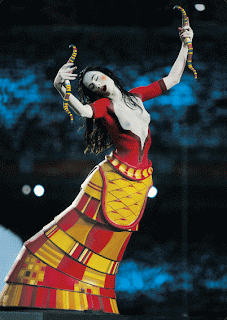 Since its discovery by the West, Greek art has become a modern commodity, to be enjoyed as image and spectacle, as the charming representation of an imaginary ancestry; this has been the universal fate of art works in late modernity. In Greece, it was conscripted into the efforts to forge the nation’s primeval ties with its psyche, lost in the depths of Aegean prehistory, a quite spectacular notion, as the 2004 Olympic ceremony demonstrated. Greek nationalism sought its cultural expression in classical and pre-classical antiquity, and Greek archaeologists in the nineteenth and twentieth centuries managed to promote the modernity of Greece based on the antiquity of Hellas – both cultural topoi, of course, and quite imagined ones at that. As a ‘political community’ imagined by its members, Greece – represented by its intellectuals – strove to embrace modernity through an idiosyncratic connection with the past, expressed by means of the ideological scheme of Hellenicity; thus, Greece’s glorious past was seen as the guarantor of its splendid future.
Since its discovery by the West, Greek art has become a modern commodity, to be enjoyed as image and spectacle, as the charming representation of an imaginary ancestry; this has been the universal fate of art works in late modernity. In Greece, it was conscripted into the efforts to forge the nation’s primeval ties with its psyche, lost in the depths of Aegean prehistory, a quite spectacular notion, as the 2004 Olympic ceremony demonstrated. Greek nationalism sought its cultural expression in classical and pre-classical antiquity, and Greek archaeologists in the nineteenth and twentieth centuries managed to promote the modernity of Greece based on the antiquity of Hellas – both cultural topoi, of course, and quite imagined ones at that. As a ‘political community’ imagined by its members, Greece – represented by its intellectuals – strove to embrace modernity through an idiosyncratic connection with the past, expressed by means of the ideological scheme of Hellenicity; thus, Greece’s glorious past was seen as the guarantor of its splendid future. Hellenicity and its instrumental sentiment of archaeolatry – shared by intellectuals and laymen alike, conservative, liberal, even communist – find expression in massive, exhilarating displays of patriotism, at once reassuring and therapeutic, Greece’s own experience of an ‘erotics of nationhood’, to remember Appadurai. Big sports events are nowadays commonly associated with such displays where Greek nationality – portrayed through the imagery of the nation’s singular antiquity – is evoked to boost team spirit, or as a consolation against the adversities of fate.
Hellenicity and its instrumental sentiment of archaeolatry – shared by intellectuals and laymen alike, conservative, liberal, even communist – find expression in massive, exhilarating displays of patriotism, at once reassuring and therapeutic, Greece’s own experience of an ‘erotics of nationhood’, to remember Appadurai. Big sports events are nowadays commonly associated with such displays where Greek nationality – portrayed through the imagery of the nation’s singular antiquity – is evoked to boost team spirit, or as a consolation against the adversities of fate. Though generally performed in a climate of innocent fun, these mass rituals can sometimes show a truly menacing face: the Greek football team’s triumph in the 2004 European Cup in Lisbon (a national triumph indeed) was celebrated in the streets of Athens with many chants, all suitably sexist or racist, including one along the lines of ‘Hey, Albanian! a Greek you’ll never be!’, followed by violent attacks against Albanian immigrant bystanders, even though their country was not taking part in the tournament in the first place.
Though generally performed in a climate of innocent fun, these mass rituals can sometimes show a truly menacing face: the Greek football team’s triumph in the 2004 European Cup in Lisbon (a national triumph indeed) was celebrated in the streets of Athens with many chants, all suitably sexist or racist, including one along the lines of ‘Hey, Albanian! a Greek you’ll never be!’, followed by violent attacks against Albanian immigrant bystanders, even though their country was not taking part in the tournament in the first place. Studying antiquity, therefore, entails the study of contemporary culture, throug which antiquity is imagined before it even begins to be studied. The Greek example alone would suffice to uphold this statement: as imagined by intellectuals (including archaeologists) from as early as the late nineteenth century, the Greek heritage functioned as the mystic’s crucible where the nation’s ‘antiquity’ met its primeval, therefore remarkable, ‘modernity’. Archaeologists in particular sought to exemplify the nation’s structured past, based on the twin, metaphysical notions of ‘nation-time’ and ‘nation-space’. This produces the kind of frustrated, emancipator archaeology still in evidence in Greece, and other ‘young’ nation-states.
Studying antiquity, therefore, entails the study of contemporary culture, throug which antiquity is imagined before it even begins to be studied. The Greek example alone would suffice to uphold this statement: as imagined by intellectuals (including archaeologists) from as early as the late nineteenth century, the Greek heritage functioned as the mystic’s crucible where the nation’s ‘antiquity’ met its primeval, therefore remarkable, ‘modernity’. Archaeologists in particular sought to exemplify the nation’s structured past, based on the twin, metaphysical notions of ‘nation-time’ and ‘nation-space’. This produces the kind of frustrated, emancipator archaeology still in evidence in Greece, and other ‘young’ nation-states.
 As an imagined community, Greece – contrary to the popular orientalist stereotype which wants to view non-occidental societies as monolithic, singular units reeking of nationalist spite and anti-modern resilience – is split by unfathomable rifts between exponents of traditionalism and progress, invariably expressed through the discourse of Hellenicity within or beyond the West. Most, if not all, national projects in the field of archaeological research or cultural management subscribe to this goal, often including in their official rhetoric statements to that effect.We have by now learnt to accept that the archaeologies we produce are generated in the mill of controversy, rebellion, and shared fantasy and that, far from dealing with ‘reality’, they are meant to help their audience deal with their own experiences of culture, time, and mortality. However irrational or regressive, such projects are meant to articulate the logos of the nation and at the same time chart its topography.
As an imagined community, Greece – contrary to the popular orientalist stereotype which wants to view non-occidental societies as monolithic, singular units reeking of nationalist spite and anti-modern resilience – is split by unfathomable rifts between exponents of traditionalism and progress, invariably expressed through the discourse of Hellenicity within or beyond the West. Most, if not all, national projects in the field of archaeological research or cultural management subscribe to this goal, often including in their official rhetoric statements to that effect.We have by now learnt to accept that the archaeologies we produce are generated in the mill of controversy, rebellion, and shared fantasy and that, far from dealing with ‘reality’, they are meant to help their audience deal with their own experiences of culture, time, and mortality. However irrational or regressive, such projects are meant to articulate the logos of the nation and at the same time chart its topography.
They can also be used to turn cultural stereotypes on their heads: Greece, perpetually seen as ‘Orient’ by its friends and foes alike, behaves as part of the Occident (as one of the West’s founding … mothers, so to speak) both to its western and eastern neighbours. Greek nationalists, as early as the late nineteenth century, produced rhetoric of remarkably orientalist overtones, urging the nation to assume its task of ‘civilizing the Orient’.
Whereas the Greeks themselves believe their state to be the direct outcome of their nation’s glorious revolt against its bloodthirsty oppressor, an external view of these events would suggest that modern Greece is a product of the West, sprouting from a happy coincidence of political interests and intellectual preferences. Romantic Philhellenism enabled captive Greeks to make their case appealing to European ears. However, once the great cause was achieved, it became apparent that Greece and its protectors had been working towards different ends. What for Greek intellectuals and their ever growing audience (at home rather than abroad) was the cradle of European civilization, was for their Western patrons the incarnation of a long-lost fantasy, hotly pursued, though orientalist nonetheless. Following the dissolution of the Ottoman Empire, Greece emerged as an Orientalist’s Neverland, where truth was ‘stranger than fiction’, and where boys never grew old and poets gained immortality, especially if they met an early death in the marshlands of Missolonghi. (As a matter of fact, had Byron survived his sad predicament, the history of Philhellenism might have taken a quite different turn.) Once the Greek state came to life, it was found to embody all the failings customarily (and ‘naturally’) associated with the Orient: it was disorganized, inefficient, and irrational.
Archaeology finds itself unwittingly entangled in this mesh of contradictory agendas, where what is at stake may be the very way we view the world and our role in it. Detached and objective, archaeology is time and again called in to perform the crucial role of producing the ‘facts’ we need in order to represent the past as an artefact available to our scrutiny.
Greek archaeology in the twentieth century shared the fortunes, blessings, and tribulations of modernity itself; and the rift created between the ‘metaphysical’ and the ‘positivist’ archaeological discourses, is yet another battle in the post-colonial wars.
 Archaeology in early twenty-first century Greece carries the burden of its twentieth-century predicament. I chose to describe the Olympic ceremony earlier as a ritual that, to my mind, attempted to close a traumatic, and short, Greek twentieth century with a flare of introspective resilience. I believe that the ceremony serves as a poignant reminder that collective Greek imaginings remain faithful admirers and enthusiastic consumers of both the metaphysical veneration of the Greek landscape which dates back to the very beginning of the twentieth century, and the even earlier systematization of Greek history as a single, continuous and unmediated phenomenon. Both concepts were fertilized, of course, by the vision and the fervour of the intellectuals who made up the generation of the thirties, though inevitably influenced by the violent political and ideological clashes of the inter-war years. Such ceremonies are by no means uncommon in everyday Greece, especially when global coverage is secured, as the Athens hosting of the Eurovision song contest revealed:
Archaeology in early twenty-first century Greece carries the burden of its twentieth-century predicament. I chose to describe the Olympic ceremony earlier as a ritual that, to my mind, attempted to close a traumatic, and short, Greek twentieth century with a flare of introspective resilience. I believe that the ceremony serves as a poignant reminder that collective Greek imaginings remain faithful admirers and enthusiastic consumers of both the metaphysical veneration of the Greek landscape which dates back to the very beginning of the twentieth century, and the even earlier systematization of Greek history as a single, continuous and unmediated phenomenon. Both concepts were fertilized, of course, by the vision and the fervour of the intellectuals who made up the generation of the thirties, though inevitably influenced by the violent political and ideological clashes of the inter-war years. Such ceremonies are by no means uncommon in everyday Greece, especially when global coverage is secured, as the Athens hosting of the Eurovision song contest revealed:
The Hellenicity discourse as a national project relies on archaeology as purveyor of the necessary imagery and the supporting scientific documentation. Its poignantly aestheticized rhetoric equates Greek culture with its aesthetics, activated in two separate fields: Greek art (Prehistoric, Classical, Byzantine, post-Byzantine) and the Greek landscape (natural or man-made). Archaeology is in charge of the production of both as cultural topoi, sites of national convergence and (more often than not) conflict.
 To achieve this, it has had on the one hand to adopt an essentialist view of ‘Hellenic’ art in its various embodiments and on the other to promote a hellenocentric approach to other historical and art historical phenomena. As Greek archaeologists – from their respective standpoints as university teachers or government officials – were claiming an ever increasingly central role in the ideological and actual management of Greece’s cultural capital, research ethics and practices in Greek archaeology were progressively (and unavoidably?) aligned with a markedly antiquarian approach to the past, ignoring newer developments in archaeological science and related disciplines. Thus archaeology in Greece – Prehistoric, Classical, and Byzantine – became predominantly Greek (or Helladic, to be exact). Choosing to steer an introvert, and decidedly conservative course, Greek archaeology would seem in the post-war years to have confined itself to the role of keeper of national ideologies, as they were devised on its behalf by the Greek state and communicated, promoted and propagated through a deeply conservative educational system.
To achieve this, it has had on the one hand to adopt an essentialist view of ‘Hellenic’ art in its various embodiments and on the other to promote a hellenocentric approach to other historical and art historical phenomena. As Greek archaeologists – from their respective standpoints as university teachers or government officials – were claiming an ever increasingly central role in the ideological and actual management of Greece’s cultural capital, research ethics and practices in Greek archaeology were progressively (and unavoidably?) aligned with a markedly antiquarian approach to the past, ignoring newer developments in archaeological science and related disciplines. Thus archaeology in Greece – Prehistoric, Classical, and Byzantine – became predominantly Greek (or Helladic, to be exact). Choosing to steer an introvert, and decidedly conservative course, Greek archaeology would seem in the post-war years to have confined itself to the role of keeper of national ideologies, as they were devised on its behalf by the Greek state and communicated, promoted and propagated through a deeply conservative educational system.
Both the ‘Great Idea’ and the discourse on Hellenicity as moves for national self-determination affected the ideology and the praxis of Greek archaeology. Instigated by intellectuals, though supported, recycled and eventually redefined by the public at large, these moves express the need to articulate the image of the land and its people with respect to Western and global culture, as a way of claiming patrimonial intellectual and political rights.
 Since the mid-twentieth century Greeks seem to have defined their relationship with their past somewhere between two opposing extremes: a liberal re-evaluation of heritage on the one hand, drawing its genealogy from Romanticism and its metaphysical aspects, and narrow-minded archaeolatry on the other, introvert and sterile, and something to fall back on every time the nation is in trouble – whether real or imaginary. Antiquity is invariably used as the scenery of Greece’s present achievements, as well as its frustrations. Politically, archaeology is deployed as an explicit legitimizing force or even a disciplinary measure.
Since the mid-twentieth century Greeks seem to have defined their relationship with their past somewhere between two opposing extremes: a liberal re-evaluation of heritage on the one hand, drawing its genealogy from Romanticism and its metaphysical aspects, and narrow-minded archaeolatry on the other, introvert and sterile, and something to fall back on every time the nation is in trouble – whether real or imaginary. Antiquity is invariably used as the scenery of Greece’s present achievements, as well as its frustrations. Politically, archaeology is deployed as an explicit legitimizing force or even a disciplinary measure. In the early nineties, reacting to Greece’s insistence that its hereditary rights be the sole basis for resolving the ‘Macedonian issue’ (and at a time when the state was threatening with prison sentences all Greeks voicing opinions contrary to the official national line, and invoking school history books and the finds from Vergina against the country’s northern neighbours), The Spectator published a drawing of the Parthenon turned into a concentration camp.
In the early nineties, reacting to Greece’s insistence that its hereditary rights be the sole basis for resolving the ‘Macedonian issue’ (and at a time when the state was threatening with prison sentences all Greeks voicing opinions contrary to the official national line, and invoking school history books and the finds from Vergina against the country’s northern neighbours), The Spectator published a drawing of the Parthenon turned into a concentration camp.
As if to confirm the disciplinary powers of archaeology – let us not forget that Foucault’s heterotopias of deviation include ‘rest homes and psychiatric hospitals, and of course prisons’ – the Greek state has decided to illustrate the passports of its citizens with images of the Parthenon, the ossuary from Vergina, Mistra and Mt. Athos, presumably as a means to propagate an identity to the exclusion of all others:
 Interestingly, the recipients of this message are none other than the Greeks themselves, since passports, with the exception of a fleeting surrender at border crossings, remain in the keeping of their owners. Like any tradition, invented or otherwise, such visual reminders of cultural and political belonging ‘attempt to establish continuity with a suitable historic past’...
Interestingly, the recipients of this message are none other than the Greeks themselves, since passports, with the exception of a fleeting surrender at border crossings, remain in the keeping of their owners. Like any tradition, invented or otherwise, such visual reminders of cultural and political belonging ‘attempt to establish continuity with a suitable historic past’...
This is part of my introduction to A Singular Antiquity, a volume I co-edited with Dimitris Damaskos earlier this year. Here's a review by Dimitris Papanikolaou and one by Kostis Kourelis (also here for my text).














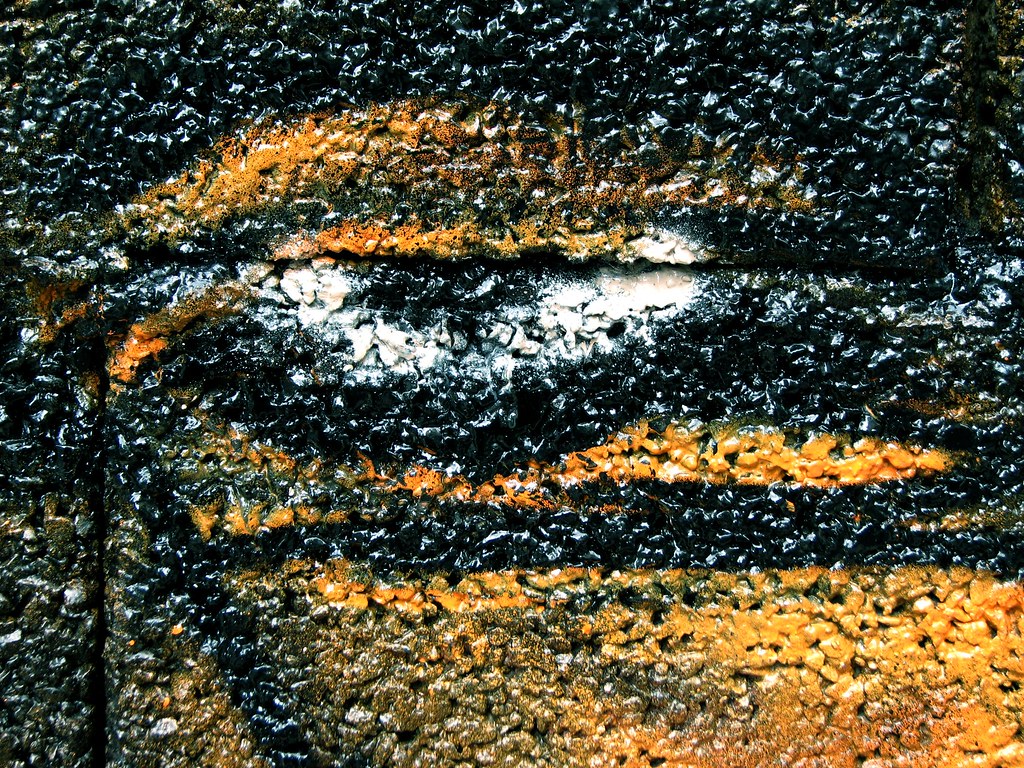
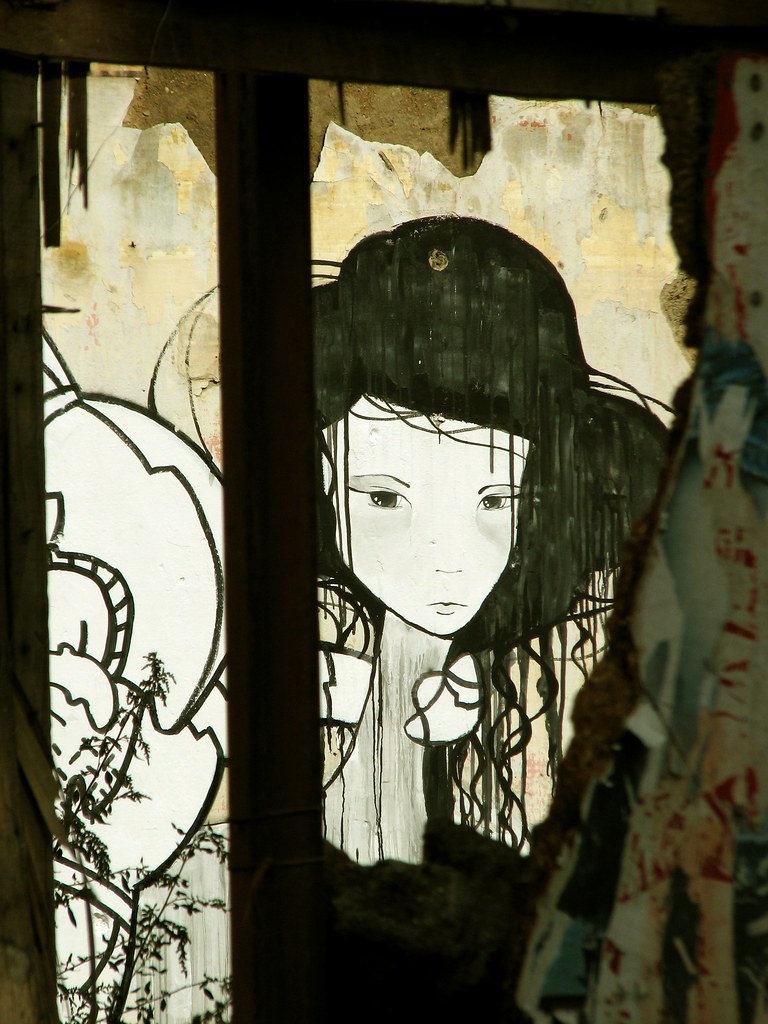


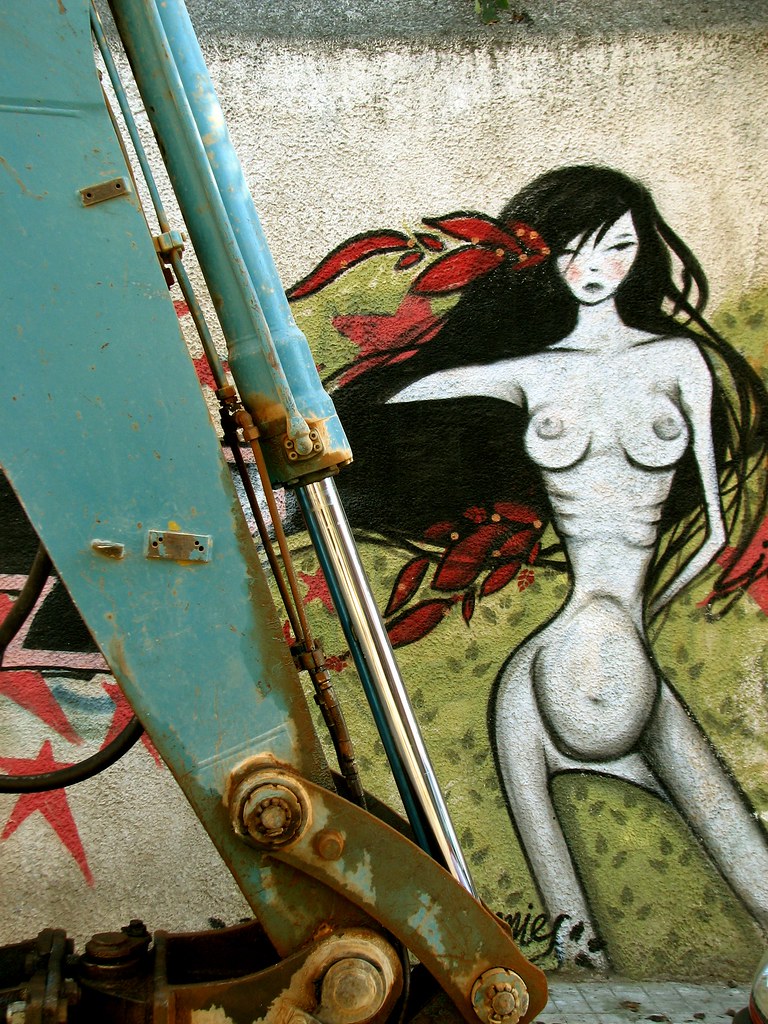
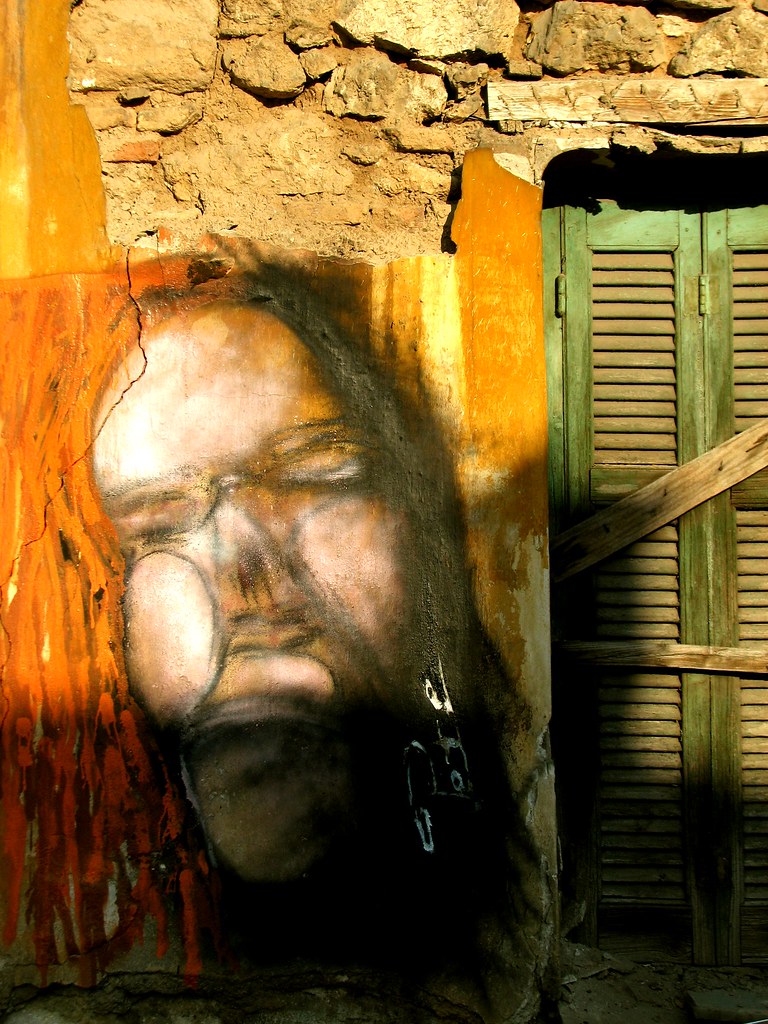

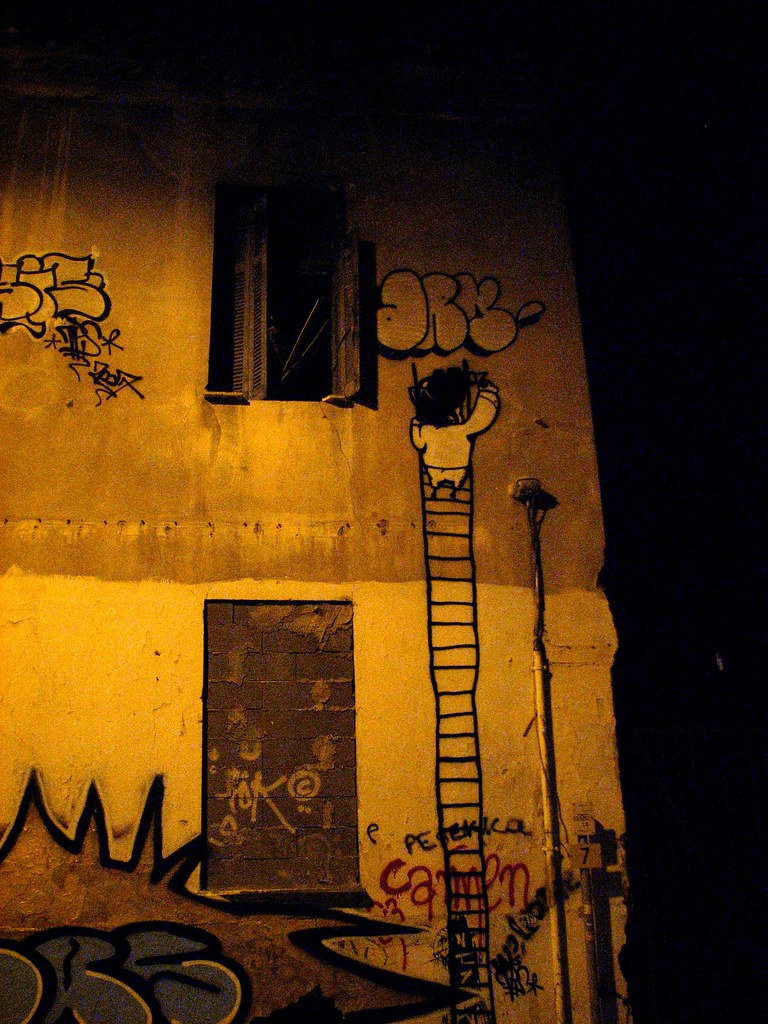

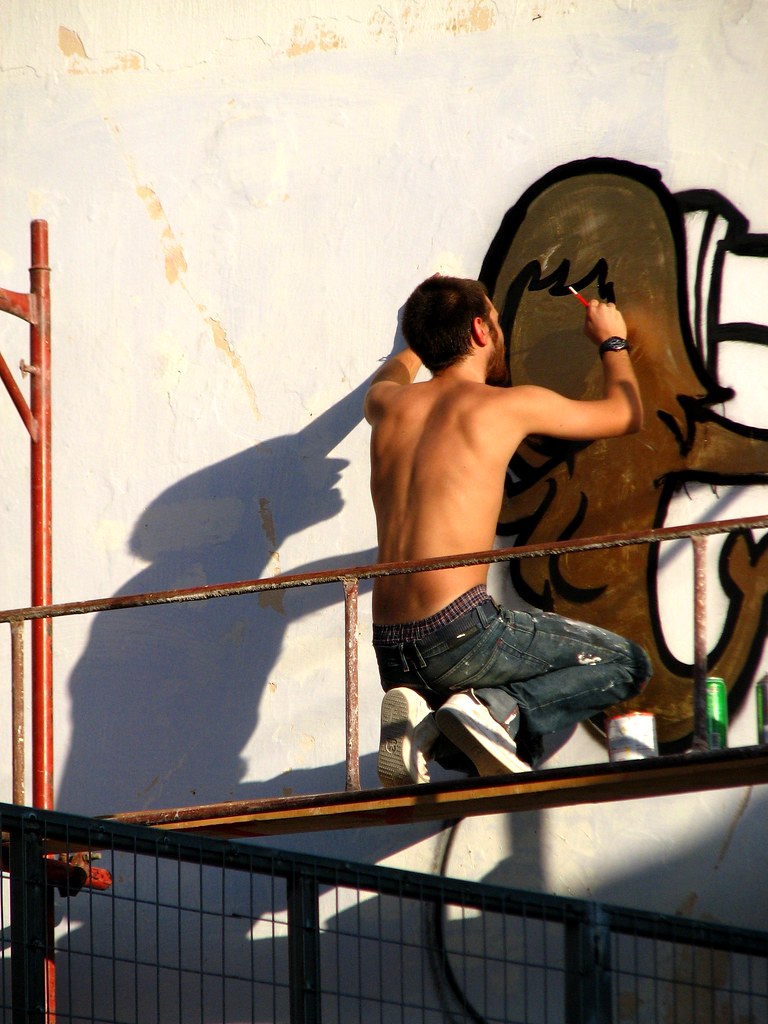






 On the evening of 13 August 2004 (a Friday, too!), a gigantic Cycladic head emerged from the waters of an artificial lake built in the heart of the Olympic Stadium in Athens. The city was hosting the twenty-eighth Olympic Games of the modern era, and this was to be the centrepiece of the opening ceremony. This epiphany of sorts was followed by a state-of-the-art, hi-tech spectacle combining men and machines, schemes and ideas, all masterfully visualized and staged by choreographer Dimitris Papaioannou.
On the evening of 13 August 2004 (a Friday, too!), a gigantic Cycladic head emerged from the waters of an artificial lake built in the heart of the Olympic Stadium in Athens. The city was hosting the twenty-eighth Olympic Games of the modern era, and this was to be the centrepiece of the opening ceremony. This epiphany of sorts was followed by a state-of-the-art, hi-tech spectacle combining men and machines, schemes and ideas, all masterfully visualized and staged by choreographer Dimitris Papaioannou.+Shaun+Sullivan+2002-2004.jpg)
